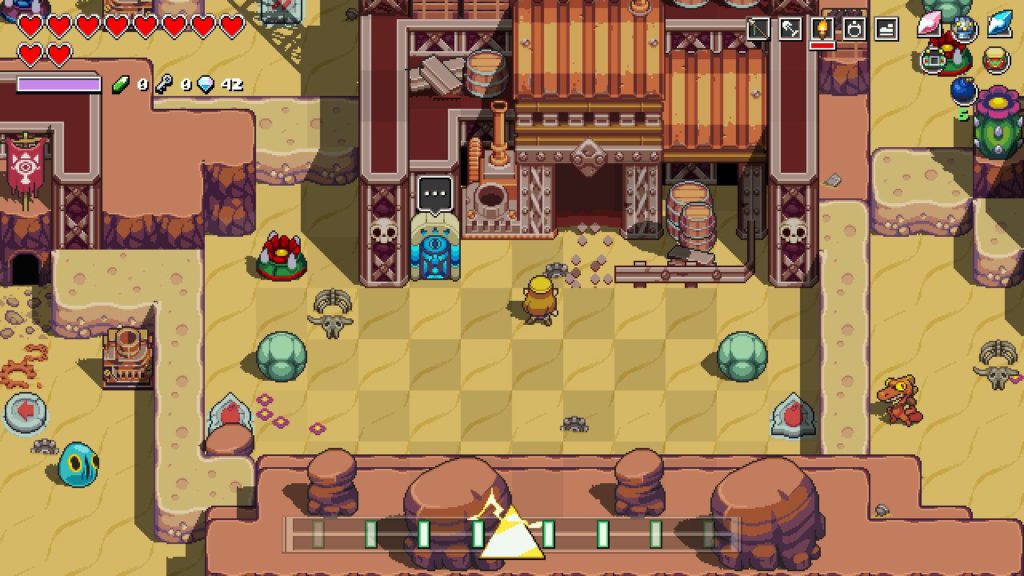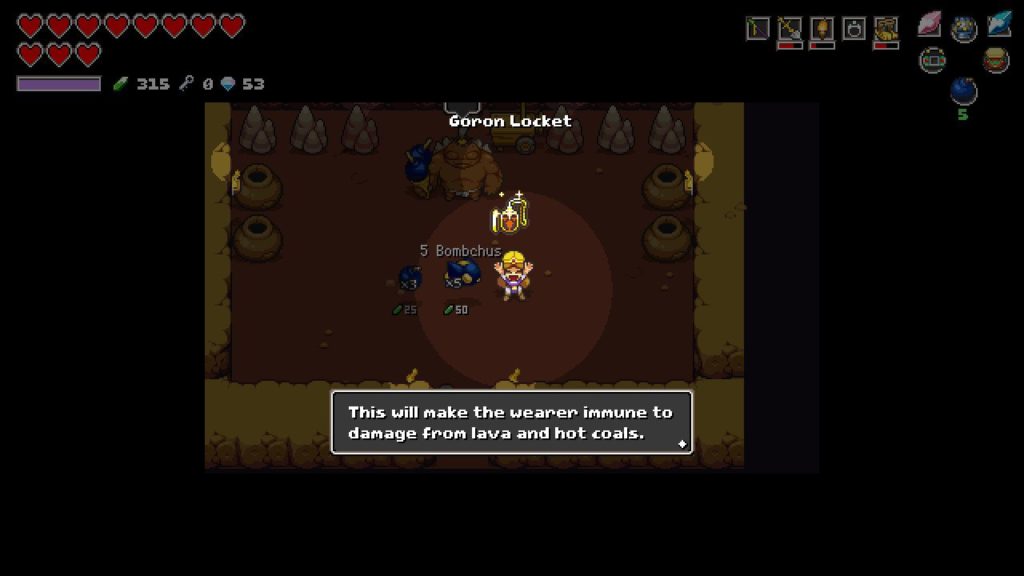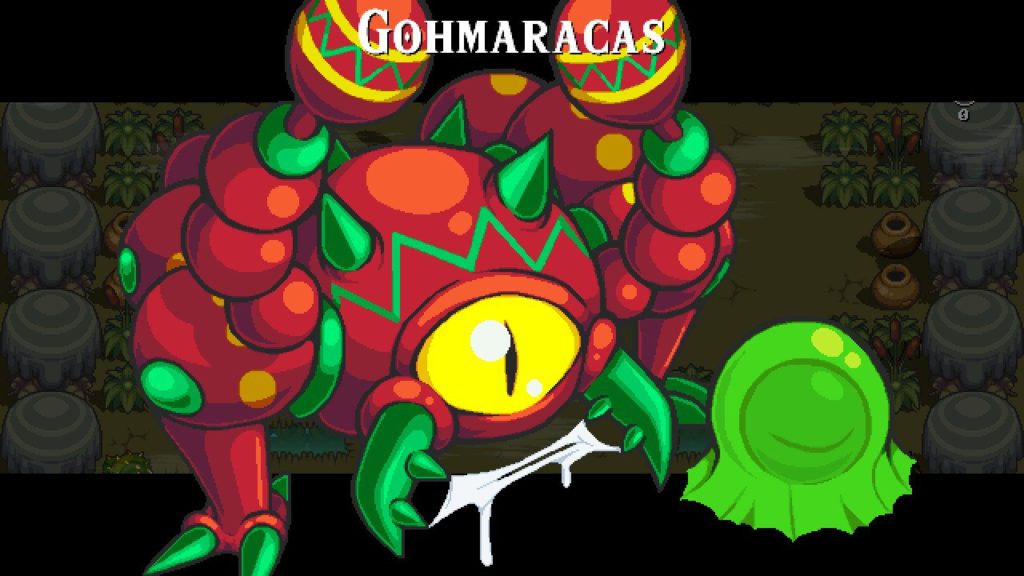- Genre: Rhythm
- Platform: PS4
- Also Available On: Xbox One, Switch
I sat down to play the game and immediately got smacked in the face with a sense of having played this game before. The systems that I was going through; the interface at the end of songs; the way things were unlocking. I’d done it before. Then it hit me – this is a Theathrhythm game. I absolutely love the three Theatrhythm games on the 3DS and I don’t know why I never recognized what this was before its release. Ya the name isn’t there and they moved to a rear-camera 3D view, but it’s the same developer, the same systems, and the same pattern. Most importantly, it’s just as good.
Starting this as a comparison against Theatrhythm is really the place to start. The obvious change is the switch in view from side-scroll 2D to rear-scroll 3D, and that brings some oddities. Something about that change took me a long time to really grok, and I think it came down to a couple of main things.
The first is that there’s no mark to really establish the beat on the board. Looking at games with a similar viewpoint like Guitar Hero, having that scrolling beat indicator really just helps to establish some sense of depth to get some basic timing in your mind’s eye. It also didn’t help that the enemies popping onto the board didn’t have consistent timing. Some would be stationary as you scroll towards them. Some would walk towards the screen. Some kind jumped and weaved. Because of that I also couldn’t really depend on depth perception as a tool for timing the song out.
However, I hit a point probably about a third of the way into the game where I became less focused on hitting a beat, and more focused on hitting a melody, and that drastically changed how I played the game. There’s a tendency in these songs to use a bit of a Nintendo trick. The first time they introduce a melody, it’s a bit on the easier side. You’ve got enough of it to be able to hit the notes while listening to what is playing. The second and third time’s it comes around, it’s all-in and you’re responding to the full melody that you now recognize. They do this on even the highest difficulty, so you have an inherit ramp up in the song as you go through a couple loops of it. It works really well to allow you to learn on the fly, then really come back on a second go through fully knowing the song and ready to hit that full combo.
The rest of the core systems will feel familiar to players of Theatrhythm FF. Instead of directional swipes, you’ve got joystick flicks. Instead of screen holds, you have button holds. Instead of lanes per-character, you have attack buttons per-character. Instead of slide input segments, you’ve got in-air notes to catch while drifting Sora around on screen. There’s some nice additions there in terms of allowing you to do multiple attacks at once by pressing multiple buttons, but it still all feels familiar to me as a player of the Theatrhythm games.
If there was one last thing that really caught me off guard, it’s that this game did a fantastic job actually telling the Kingdom Hearts story. Ya, I’m not lying. This game covers the story of the entire franchise so far through cutscenes and voiceovers, and it does it in about 10-15 hours of gameplay. You’ve got coverage of all the main games, the important plot points from the spinoffs, and it’s all told in a concise way. In a series that effectively prides itself on being completely baffling, I retained more in one rhythm game than I did playing the entire rest of the series last year.
Now, because this is Kingdom Hearts, they couldn’t get away with not doing some stupid plot twist, and the end of the game has some important lore that ties the end of KH3’s DLC to whatever comes next. While I do recommend playing this one, if rhythm games aren’t your thing you’ll definitely want to catch up on the new lore via Youtube. It’s definitely a very Kingdom Hearts thing to have put new story into a recap game, just because they can.
I mean, I guess this is an easy recommendation. This is both really entertaining on its own as a Kingdom Hearts recap title, and a fantastic rhythm game. It takes systems that worked really well on the 3DS, and transforms them just enough to flow really well on a TV and gamepad, once I stopped trying to treat it like Guitar Hero. It’s also a great way to go back and hear how fantastically good the soundtrack of this series has been over the past 20 years.
Plus the game has One Winged Angel. That’s worth at least a +1 on the review scores.
Knowing the song only helps so much in a sight read... pic.twitter.com/1E13uiHZpq
— Dan Weiss (@schenksmill) December 24, 2020




